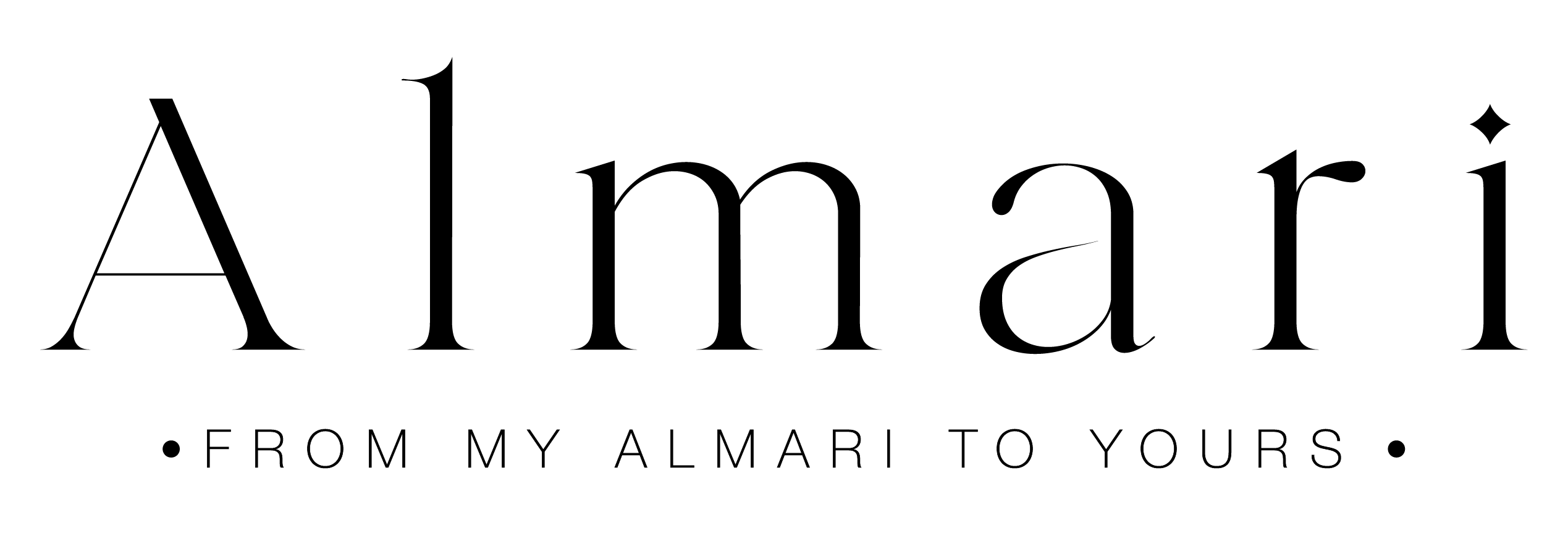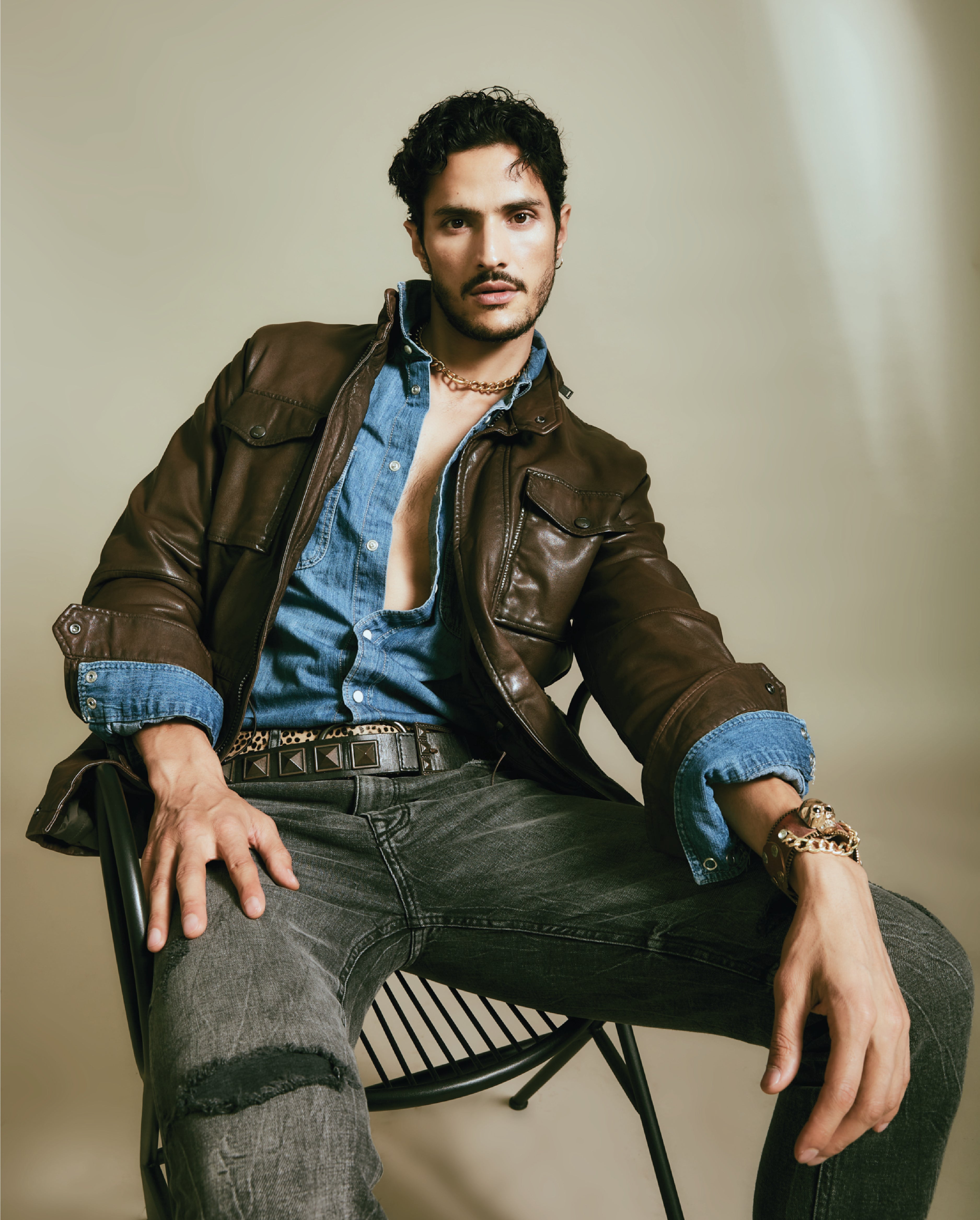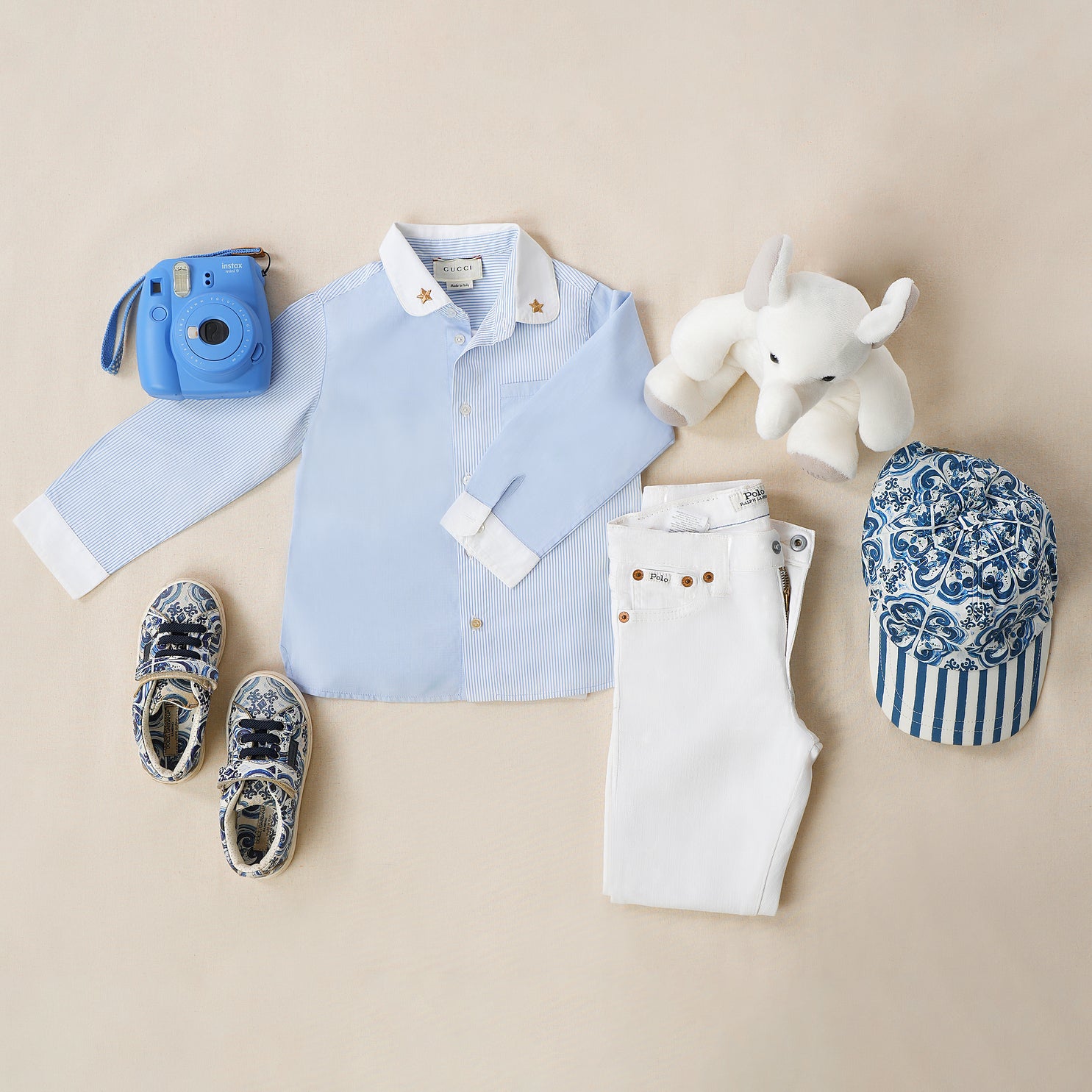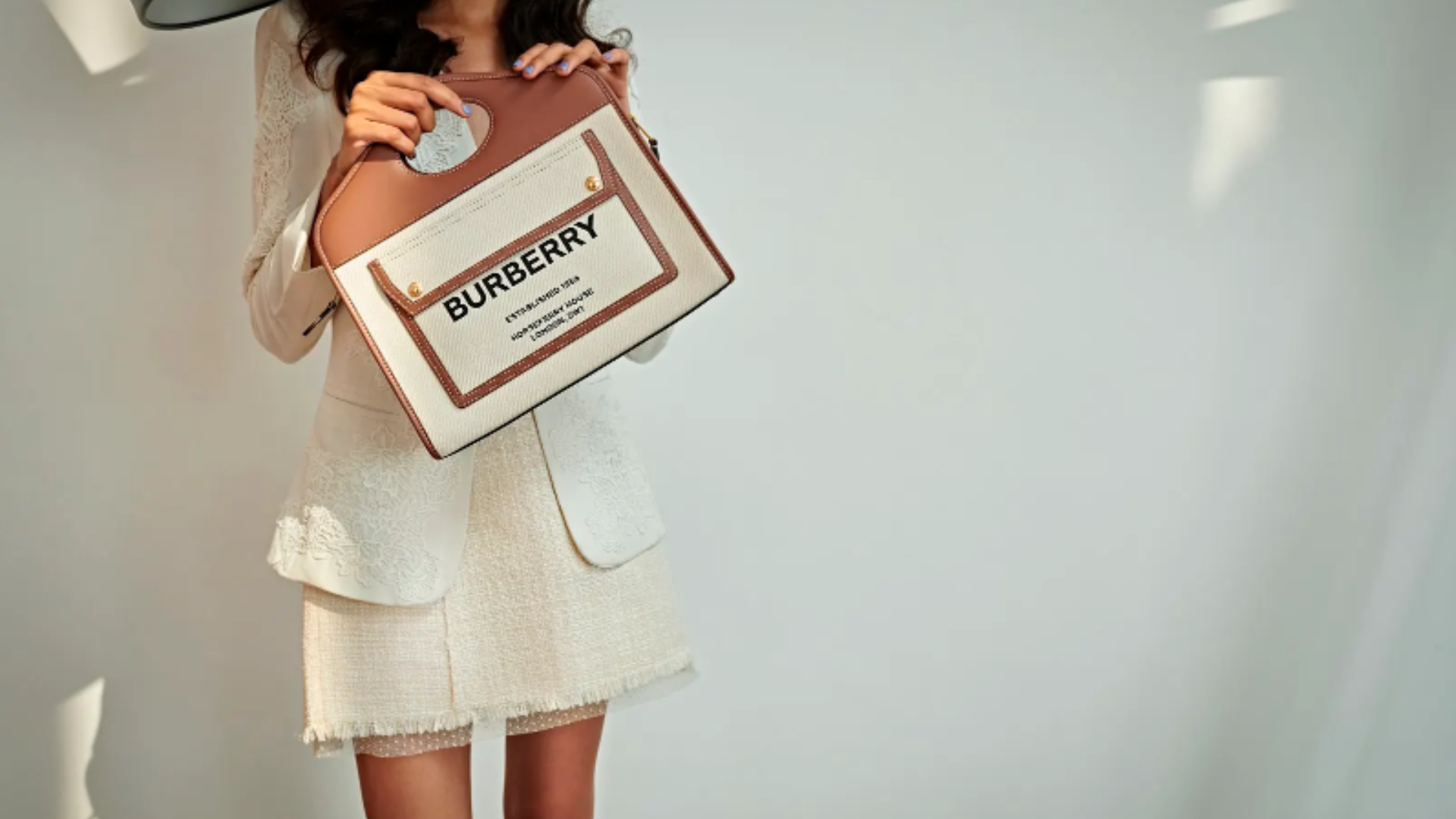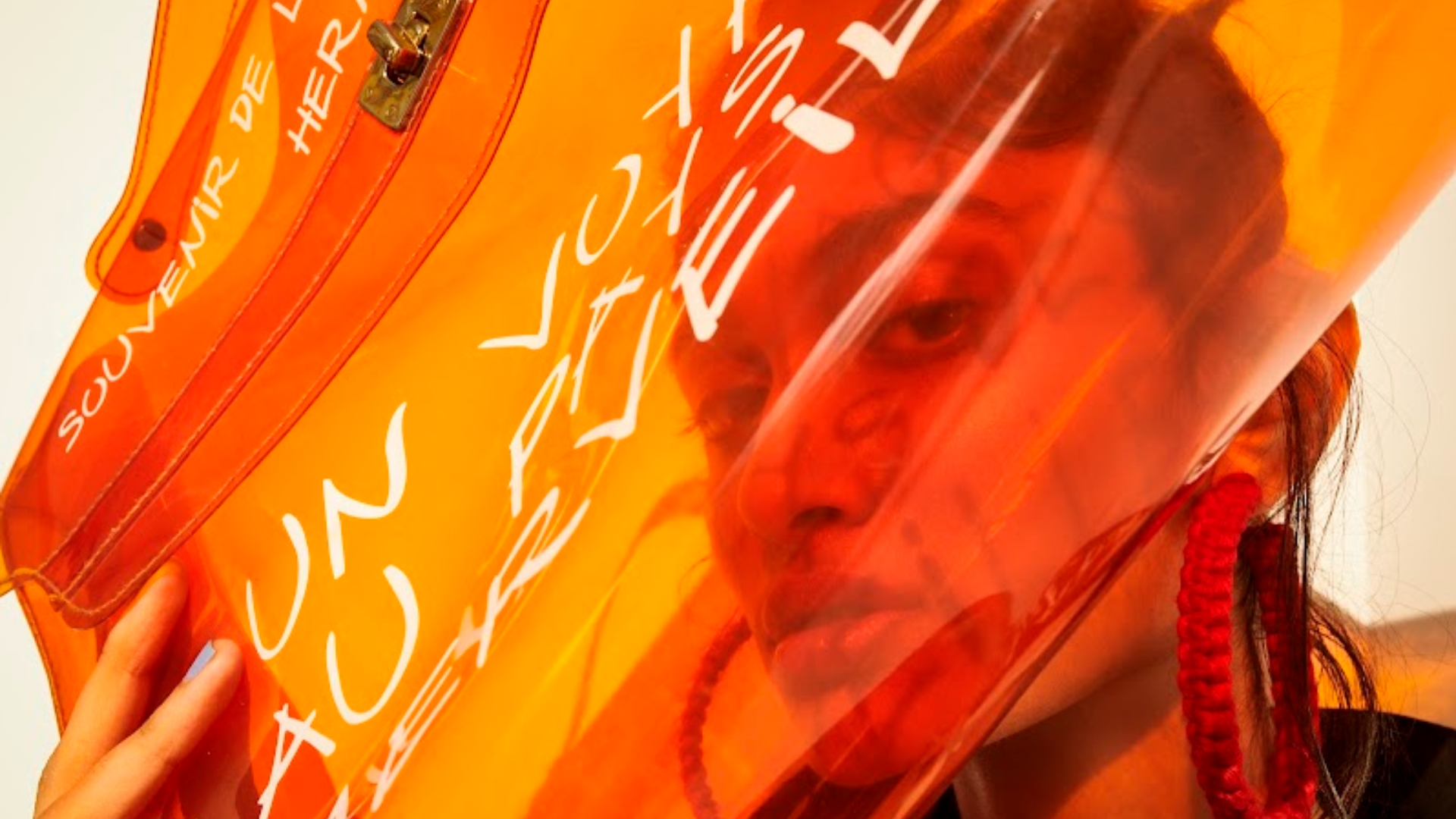
Is pre-loved luxury truly sustainable? Find out.
For the longest time, luxury has been synonymous with newness- but this is no longer the sole trend when it comes to high-end purchases. The designer goods second hand market extends across the buying and selling of pre-owned luxury items, through routes ranging from consignment stores to personal shoppers. A highly fragmented market, it includes online platforms like Ebay and Etsy, niche second-hand marketplaces such as Farfetch, Vestiaire Collective and Real Real, as well as leading online businesses like My Almari, which stands at the forefront in India.
UPWARD TREND
The thriving high-end resale market has brought a new perspective to the modern purchasing experience, making luxury more accessible and positioning it as a collectible investment rather than an unachievable aspiration. According to a report by Boston Consulting Group and Vestiaire Collective, the global resale market is expected to reach $64 billion by 2025, with the luxury segment growing twice as fast as the overall fashion industry. Euromonitor International’s report positions India's luxury market as one of the fastest growing markets in the world, with Bain and Co. suggesting that the Indian market may reach a staggering $200 billion by 2030.
DISSECTING THE MARKET
A behemoth chunk of the repurchase industry is captured by bags at 49%, and watches at 21% as per a report by Gugus, a platform that specialises in pre-owned luxury items. Following pursuit are jewellery at 13%, clothing at 9% and shoes at 4%. According to RealReal’s luxury report from 2023, there have been increasing expensive purchases across every age demographic - but Gen-z tops the list, with an 18% increase in annual order values. They spent 40% more on vintage bags, demonstrating an increased interest in timelessness.
SUSTAINABILITY

Environmental Impact and Recycling
The environmental benefits of pre-loved luxury goods are substantial. By purchasing second-hand items, consumers extend the lifecycle of products that might otherwise contribute to textile waste in landfills. This practice significantly reduces the carbon footprint associated with new garment production, which is notorious for its resource-intensive processes and emissions. According to Fashion Revolution, doubling the lifespan of clothing items, such as jeans, can nearly halve their greenhouse gas emissions. Thus, choosing pre-owned luxury items aligns with global efforts to mitigate climate change by promoting reuse over disposal.
Circular Economy and Consumption Patterns
The pre-loved luxury market operates on the principles of a circular economy, which contrasts with the traditional linear consumption model of produce, use, and discard. A circular economy focuses on prolonging the life of products and materials through recycling and reuse, aiming to minimise waste generation. This sustainable approach provides an alternative to the fast turnover of fashion trends typical in fast fashion, promoting resource conservation and responsible consumption practices.
Challenging Fast Fashion Norms
This trend towards more mindful consumption challenges the conventional norms of fast fashion, where trends are fleeting and mass production dominates, often at the expense of ethical considerations and environmental impact. By opting for pre-owned luxury items , consumers encourage brands to prioritise durability, quality, and timeless design over transient trends, thereby fostering a more sustainable future for fashion.
OUR TAKE
As a company specialising in pre-loved fashion, the future of sustainable fashion relies on recycled luxury. It's essential to empower consumers to make informed decisions, emphasising quality and longevity over fast fashion trends.We as a platform prioritise transparency, authenticity, and environmental responsibility - as they will play a pivotal role in shaping a sustainable fashion landscape. Looking forward, as the market continues to grow, there's significant potential for innovation in recycling technologies and supply chain efficiencies. These advancements will further reduce the environmental impact of pre-loved luxury goods, reinforcing our commitment to sustainability and ethical practices.
FINAL THOUGHTS
The rise of pre-loved luxury shows a shift towards sustainability and responsible consumption. As the market grows, it's crucial to integrate sustainability across all aspects of luxury fashion—from production and distribution to consumption and disposal. This holistic approach meets the demands of eco-conscious consumers and sets a precedent for a future where style, luxury, and sustainability blend seamlessly, creating a more ethical and enduring industry.
Written By Anusha Kala.
